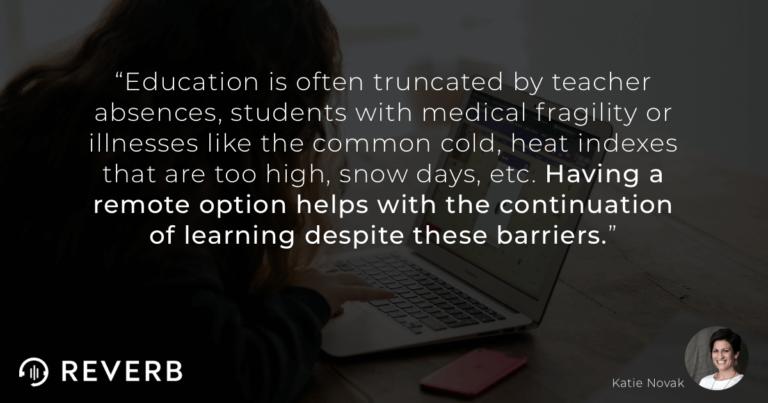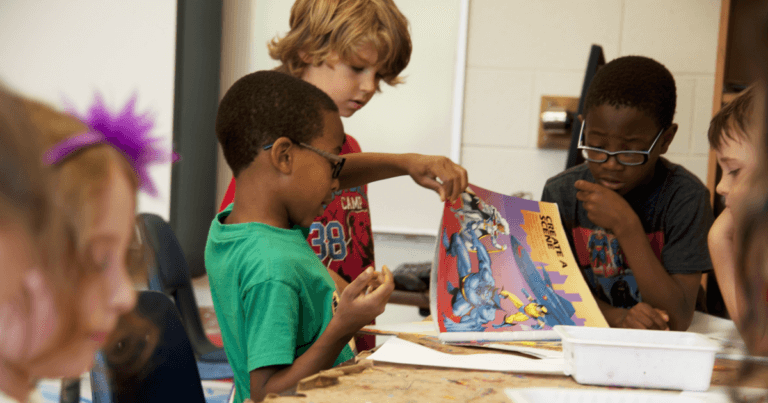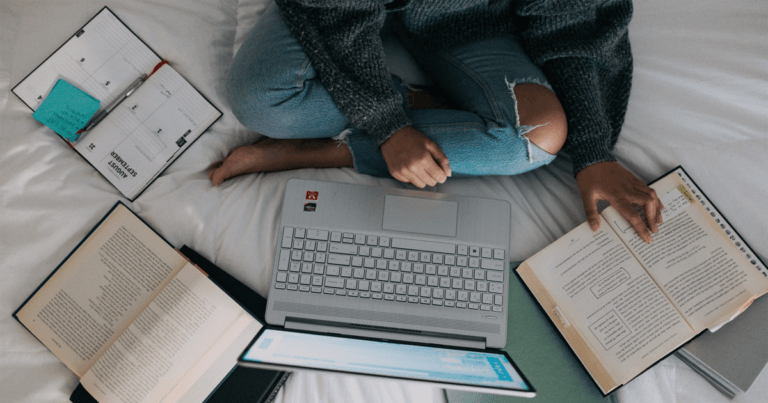The author’s views are entirely his or her own and may not always reflect the views of Reverb.
In a Joint Statement addressing equitable education during COVID-19 and beyond, numerous organizations committed to civil rights, education, and equity, including the nation’s two largest teachers’ unions.
The National Center for Learning Disabilities, the NAACP, and Southern Poverty Law Center note, “LEAs and schools should provide educators the tools and professional development to scaffold their teaching and ensure that their lessons are designed in accordance with the principles of Universal Design for Learning (UDL), offering multiple ways for students to engage.”
Universal Design for Learning (UDL) is a framework committed to designing flexible learning pathways that meet all learners’ needs, regardless of variability.
Given that many schools and districts are recognizing the promise of remote learning, education, as we know, will likely continue to incorporate this style of pedagogy. Providing the option for teachers to teach remotely, and learners to learn remotely will ensure increased engagement.
Even before COVID-19, schools struggled to support all learners. This is especially true for those who have been historically marginalized, in a traditional model, due to significant barriers.
These barriers need to be addressed regardless of the pathways offered.
Additionally, education is often truncated by teacher absences, students with medical fragility or illnesses like the common cold, heat indexes that are too high, snow days, etc. Having a remote option helps with the continuation of learning despite these barriers.
What is necessary for some learners (i.e., a remote learning option for medically fragile learners) may also be a good option for others. Student-athletes, students who are employed, students who lack transportation, or students who simply prefer online learning can continue to learn when remote learning is a viable pathway.
Still, remote learning is not without significant barriers that need to be addressed.
Schools and districts must ensure all students have access to high-quality devices and internet. Teachers should be given options and choices to continue work in the classroom or support in teaching remotely. Finally, professional learning must be at the forefront of all planning, so remote learning is standard-based, rigorous, and helps build innovators, creators, and thinkers.
If we want to help minimize inequities in distance learning, we have to ensure that barriers are reduced and that there are accountability measures for both students and educators.






